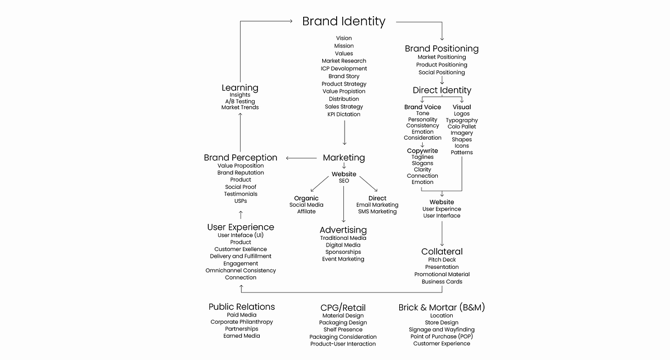Medium
4w
133

Image Credit: Medium
A Comprehensive Guide to Brand Identity for Early-Stage Startups
- To define your startup’s brand identity, you should start with a vision statement that represents what the company aims to achieve long term. This vision should be intrinsically linked to the company’s mission and core values.
- Core values are the principles that guide your decision-making. They shape culture, and in turn help attract a like-minded team and customers.
- The visual identity of a startup functions as a cognitive shortcut, influencing investors, customers, and partners before they’ve had the opportunity to deeply engage with the product or team.
- Logo design should balance distinctiveness with simplicity to ensure memorability and versatility across applications and touchpoints.
- Typography and color choices extend far beyond looking good – they are powerful communicators of brand personality and values.
- As startups scale, maintaining brand consistency across an increasing number of touchpoints can become challenging, yet it’s a must. This consistency extends beyond visual elements, and includes messaging, customer experience, and product quality.
- For early-stage ventures, strategic partnerships can significantly enhance brand credibility and in turn build brand equity. Aligning with entities or causes that share core values not only amplifies reach but also reinforces brand positioning.
- Just like your product, your brand should also be in constant iteration and refinement. This requires a culture of continuous learning, where insights come from customers, market trends, and performance data, and are regularly incorporated into strategy.
- Factors like material quality, ergonomic design, and ease of use contribute to the overall brand experience and should be carefully considered and curated to ensure consistency with the brand’s promise and positioning.
- In product-centric startups, point of purchase design is crucial for driving conversions and bonus revenue. This space requires meticulous attention to ensure a seamless experience that reinforces the startup’s value proposition at the moment of decision.
Read Full Article
8 Likes
For uninterrupted reading, download the app